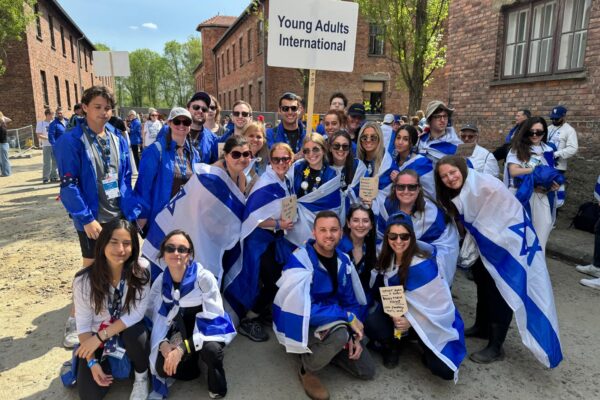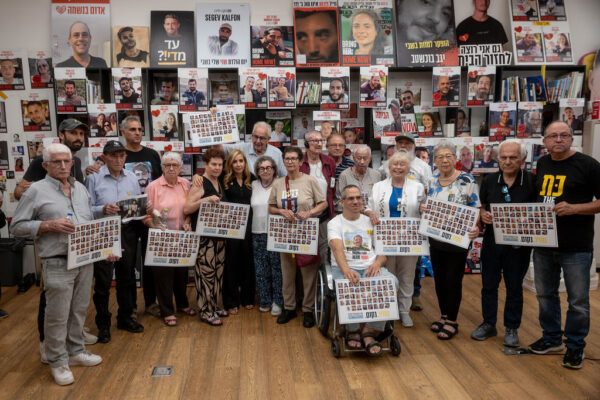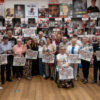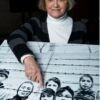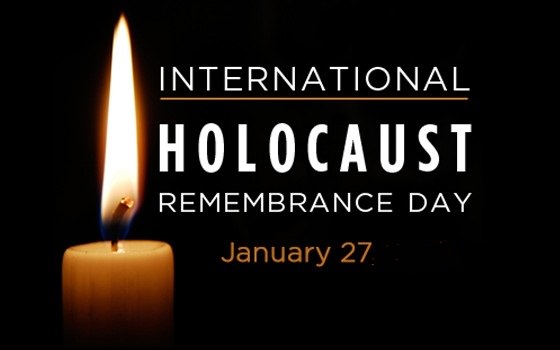
January 27 is International Holocaust Remembrance Day. This day was chosen because it is the anniversary of the liberation of the horrendous and unparalleled death camp Auschwitz in 1945. At Auschwitz, some 1,200,000 people were murdered. Most of them were Jews, including some 430,000 Hungarian Jews who were deported in the last year of its existence.
While 6,000,000 were murdered in the holocaust, one other group, the Roma (of as they are incorrectly called the Gypsies) were also the targets of Nazi Genocide. Historians estimate that somewhere between 200,000 to 500,000 Roma were murdered out of the 1,000,000 Roma who lived in Europe in 1939. Other innocent noncombatant civilians were also killed. Eli Wiesel has said that “while not victims were Jews, all Jews were victims.” The Roma also fell into this category as specific targets for genocide.
At this time, let us recall that that what enabled the Holocaust to occur began long before World War II.
In Mein Kampf which was written in 1925, Hitler demonized Jews, as the parasitical others who were threatening the welfare of the Aryan state. Jews were considered to be economic vampires who sought to suck out the blood of the German economy, corrupt German theater with an attack on Aryan values and pollute though marriage and even rape the purity of the Aryan race.
At this time, we should also be aware that in the November 1932 German Federal elections, Hitler and the Nazi party Gook 33% of the votes in the Reichstag. A crises of government ensued as no party was able to form a collation government. Finally, Chancellor Franz von Papen with the support of Reich President Paul von Hindenburg agreed to form a government with Hitler as the Chancellor. It would later come out that these men considered Hitler to be a buffoon whom they felt could be controlled by them and other rationally thinking people. History would of course prove them wrong, particularly in April of 1933 when the Reichstag, the German parliament burned.
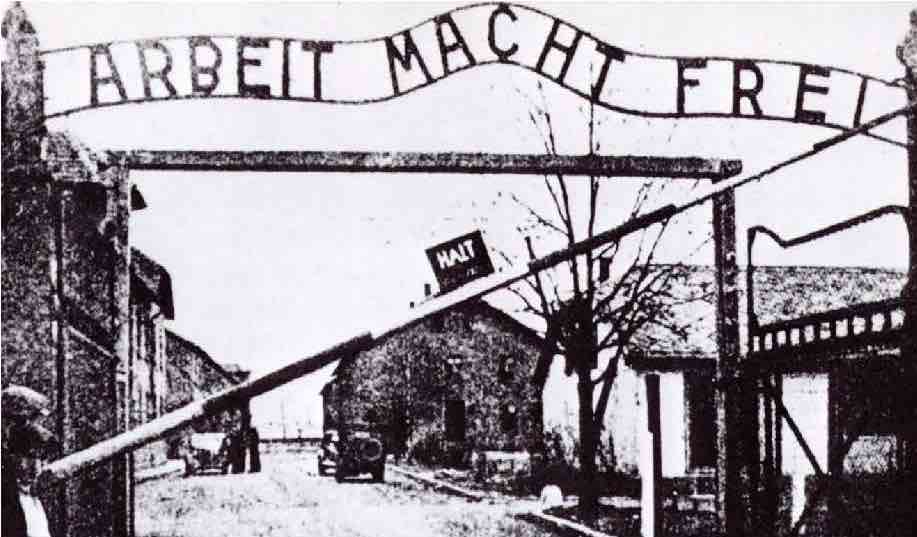
Once in power, Hitler and the Nazis attacked the press to the point wherein they were able to control it. Joseph Goebbels became the Reich Minister of Propaganda. It was he who used the so called “Big Lie” technique. This technique was used to turn centuries of anti-Semitism into mass murder. The Jews were blamed for “dolchstoss,” the “stabbing in the back” of the German people during WWI and causing the unwarranted and underserved defeat.
Hitler and the Nazis moved quickly not only to control he press but also to exert their power and influence on public education. They realized that an eighth grade boy in 1933 would be a soldier in 1939. The way to build the superior Aryan race of fighters was though the control of the educational system.
Finally, let us remember that also the 1000 Jewish refugees on the ship the St. Louis in the summer of 1939 who were denied entry to America and sent back to Nazi Europe. Xenophobia could easily be exploited under the guise of “national security” concerns. The tragedy of the Holocaust was not simply that Jews were killed, but that they had no place of refuge. Perhaps it is not surprising them that the Jewish people have for the past seventy years advocated for humane treatment of refugees fleeing persecution.
As the years go by, let us not forget what the Holocaust did to humankind and vow to ourselves not let something like it occur again. It is for this reason that I have felt that it is my moral duty to take students to the sites of mass murder in Poland and to date have taken more than 1000 high school students on the International March of the Living to Poland and Israel.
Finally and at this time, it is urgent that we acknowledge not only this history but also its relevance. Perhaps the recently deceased Noble Laurate and Holocaust survivor Eli Wiesel said it best when he stated ““The opposite of love is not hate, it’s indifference. The opposite of art is not ugliness, it’s indifference. The opposite of faith is not heresy, it’s indifference. And the opposite of life is not death, it’s indifference.”
Written by Rabbi Fred Guttman, March of the Living Mid Atlantic Region
